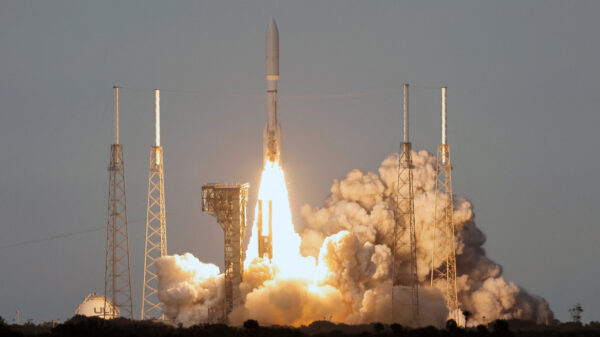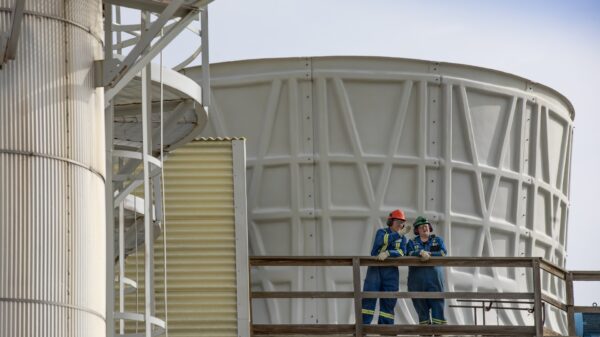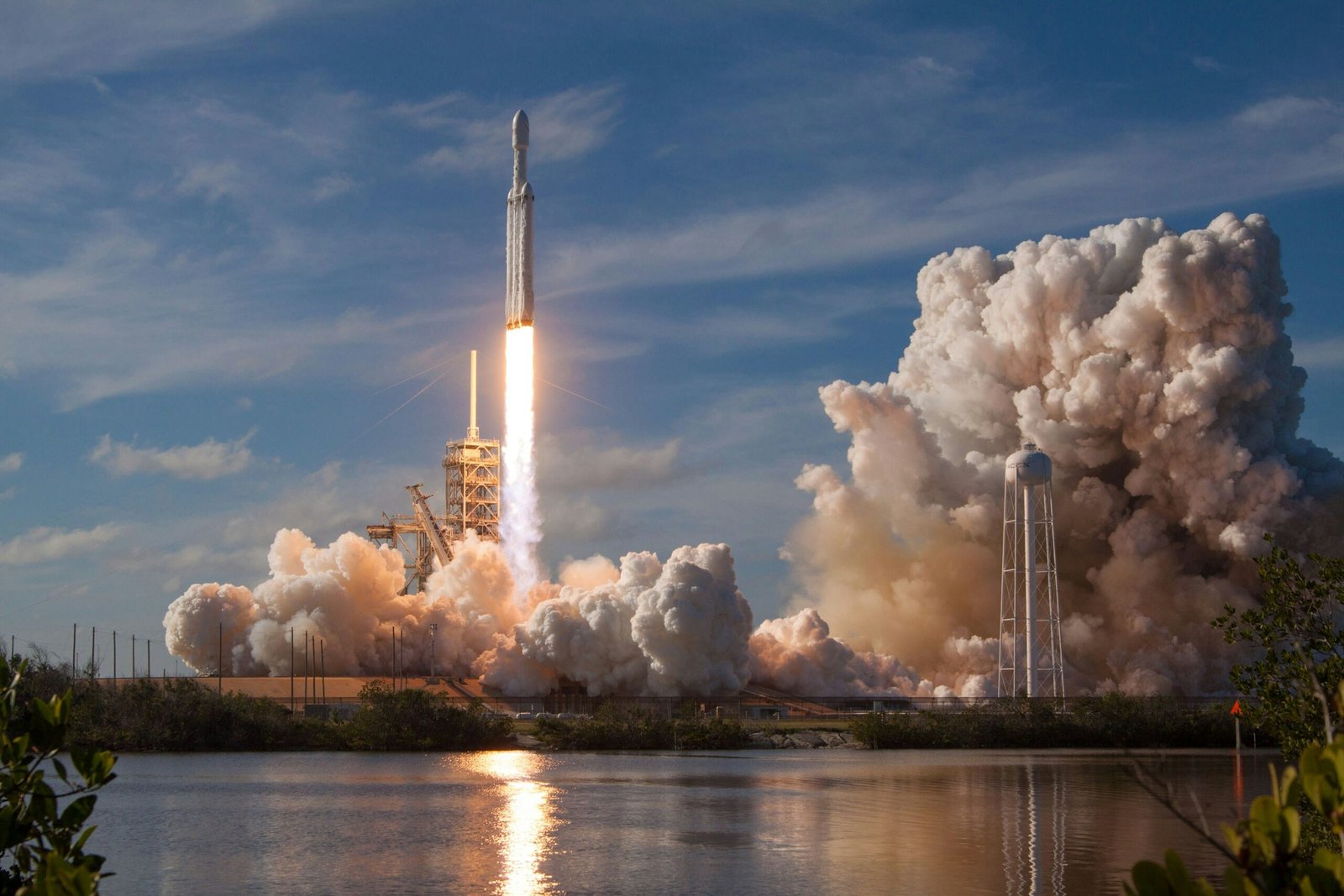Space Odyssey 2024: The Era of Accessible Space Exploration
Space exploration has long captivated the human imagination, and in recent years, it has become more accessible than ever before. With new opportunities for research and travel beyond Earth, the year 2024 promises to be a significant milestone in our journey to the stars.
Advancements in Technology
One of the key factors driving this new era of space exploration is the rapid advancements in technology. From reusable rockets to more efficient propulsion systems, these innovations have made space travel more cost-effective and reliable. Companies like SpaceX and Blue Origin have been at the forefront of these developments, pushing the boundaries of what is possible and opening up new opportunities for both scientific research and commercial ventures.
Additionally, the miniaturization of technology has allowed for the creation of smaller and more affordable satellites, enabling a wide range of applications such as climate monitoring, communication, and navigation. This has democratized access to space, allowing researchers, entrepreneurs, and even hobbyists to participate in the exploration of the final frontier.
New Horizons for Scientific Research
With the increasing accessibility of space exploration, scientists are eager to take advantage of the unique opportunities it presents. The microgravity environment of space provides an ideal setting for conducting experiments in physics, biology, and materials science, among other fields.
One area of particular interest is the study of human health in space. As we plan for long-duration missions to destinations like Mars, understanding the effects of microgravity on the human body is crucial. Researchers are studying the impact of space travel on bone density, muscle mass, and cardiovascular health, with the aim of developing countermeasures to mitigate these effects.
Furthermore, space telescopes like the Hubble and the upcoming James Webb Space Telescope have revolutionized our understanding of the universe. These powerful instruments allow us to observe distant galaxies, study the formation of stars and planets, and search for signs of extraterrestrial life. The data gathered from these telescopes has the potential to reshape our understanding of the cosmos and our place within it.
The Dawn of Space Tourism
While scientific research has been the primary driver of space exploration, the advent of space tourism has opened up a whole new dimension of possibilities. Companies like Virgin Galactic and SpaceX are developing spacecraft capable of carrying paying customers on suborbital and orbital flights.
For those with the means, space tourism offers a once-in-a-lifetime opportunity to experience the wonder of space firsthand. Imagine looking down at Earth from the vastness of space, witnessing the curvature of the planet and the beauty of our blue marble. It is an experience that until recently was reserved only for a select few astronauts, but now it is becoming a reality for more and more people.
Space tourism also has the potential to drive innovation and economic growth. As the industry matures, we can expect to see the development of space hotels, lunar colonies, and even interplanetary transportation systems. This new frontier presents opportunities for entrepreneurs and investors to create new businesses and industries that were once the stuff of science fiction.
Conclusion
The year 2024 marks a significant milestone in the history of space exploration. With advancements in technology, new horizons for scientific research, and the dawn of space tourism, space is becoming more accessible than ever before. As we look to the future, it is an exciting time to be a part of the journey to the stars.




































